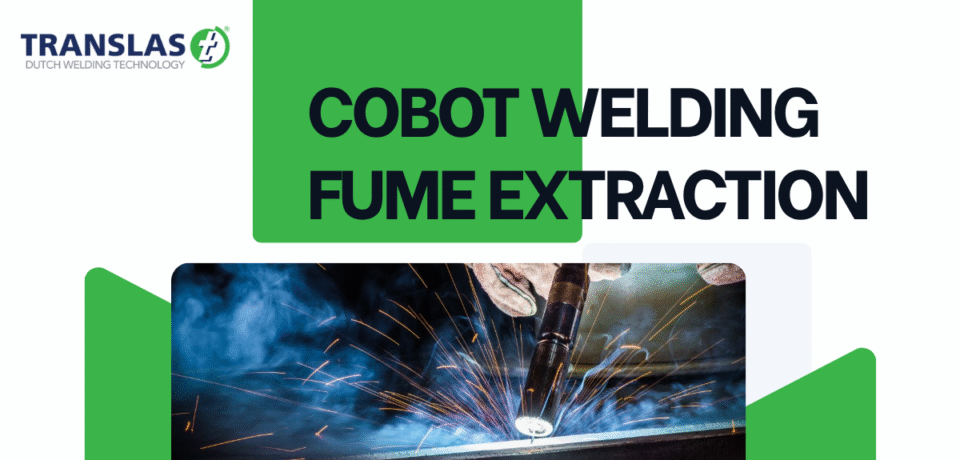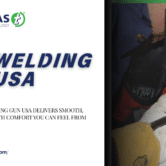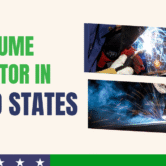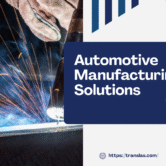
Why Cobot Welding Fume Extraction Matters for Safety
In modern welding shops, the use of collaborative robots (cobots) is growing fast. Cobots help with repetitive tasks, reduce human fatigue, and improve consistency. But even when you have robots doing welding, you still have a major safety concern: fumes. That’s where Cobot Welding Fume Extraction becomes essential. Without a proper system, the health of workers and the quality of the workspace are at risk.
What is a Cobot and Why It Causes Fumes
A “cobot” is a robot that works alongside humans, often in welding or assembly tasks. In welding applications, these cobots often use MIG or TIG processes. Just like a human welder, the robot’s welding arc emits tiny particles, metal oxides, and gases. Even if the robot is doing most of the work, humans will still be in the same environment. That’s why Cobot Welding Fume Extraction is not just an optional extra — it’s a safety necessity.
What Does Cobot Welding Fume Extraction Do?
A Cobot Welding Fume Extraction system is designed so that the source of the fumes — the weld arc — is captured quickly and moved away from the breathing zone. It typically involves:
- A nozzle close to the weld point
- A fan or vacuum system
- Filters to clean the air
- Ducting to expel or recirculate the cleaned air
Because cobots are precise and predictable, a Cobot Welding Fume Extraction unit can often be well-integrated — the nozzle can move with the robot, always staying close to the arc. That helps maximize fume capture.
Safety Risks Without Proper Extraction
If you skip good Cobot Welding Fume Extraction, you accept these risks:
- Breathing hazardous particles — Metal oxides (like chromium, manganese) are harmful over time.
- Gaseous emissions — Ozone, NOx, and other gases may be produced.
- Respiratory illnesses and long-term damage over months or years.
- Regulation violations — Many safety standards require fume extraction in welding environments.
- Reduced productivity — Workers may feel unwell, foggy, or distracted.
Even though the robot is doing the weld, humans must still be protected — which is why Cobot Welding Fume Extraction is crucial.
Benefits of Good Cobot Welding Fume Extraction
Implementing a high‑quality Cobot Welding Fume Extraction system brings many advantages:
- Cleaner air in the shop floor
- Better visibility during welding, enabling quality checks
- Health protection — reduces exposure to dangerous fumes
- Higher morale and safety culture — workers feel cared for
- Compliance with laws and standards — helps avoid fines
- Longer equipment life — filters trap particles before they settle on other machines
Types and Methods of Cobot Welding Fume Extraction
There are a few different approaches to Cobot Welding Fume Extraction, depending on the setup:
1. Nozzle-Mounted Extraction
Here the extractor nozzle is attached close to the welding torch of the cobot. As the robot moves, the nozzle moves with it. Because the source is very close, this gives high capture efficiency. Good Cobot Welding Fume Extraction systems use adjustable nozzles or shrouds to stay effective even when the robot path changes slightly.
2. Mobile Extraction Arms
If the cobot works in a cell, a flexible arm with suction can follow or be positioned near the weld. This isn’t perfect, as the arm may lag behind the torch, but it’s better than nothing.
3. Enclosed or Hooded Cells
Some facilities enclose the robot in a booth with ventilation. Cobot Welding Fume Extraction then becomes part of the cell’s overall ventilation. The drawback: fumes might spread inside before being captured, compared to capturing right at the source.
4. Central Extraction Networks
Multiple cobot cells can connect to a central Cobot Welding Fume Extraction system via ductwork. This is efficient for large shops with many robots. The key is to maintain airflow and minimize losses in ducts.
Design and Installation Tips
To ensure your Cobot Welding Fume Extraction works well, keep these tips in mind:
- Place the extraction nozzle as close as possible to the weld (within a few centimeters)
- Optimize airflow — don’t undersize fans or ducts
- Use smooth, straight ducts rather than many bends
- Use high-quality filters and change them regularly
- Monitor performance (pressure, airflow) to detect blockages
- Integrate extraction control into the robot’s program (turn it on/off automatically)
- Train technicians to service the system
Implementation Challenges
Even with good design intentions, some challenges come up in deploying Cobot Welding Fume Extraction:
- Robotic motion paths that vary, requiring flexible nozzle positioning
- Space constraints in tight cells
- Balancing airflow vs noise and energy consumption
- Maintenance schedules — filters clog, motors wear
- Integration with existing ventilation systems
These challenges must be addressed in planning to have a working and sustainable Cobot Welding Fume Extraction solution.
Measuring Performance
You can measure how well your Cobot Welding Fume Extraction works by:
- Measuring particulate concentration at the breathing zone
- Monitoring differential pressure across filters and flow meters
- Smoke or tracer gas tests to see how much is captured
- Checking worker health metrics over time
These metrics help you tune the system and ensure it’s providing real protection.
Conclusion
Cobots improve welding work, but fumes don’t disappear. Cobot Welding Fume Extraction is vital to remove harmful air right where welding happens. A good extraction system protects people, keeps the workspace clean, and meets safety rules.
When you design or buy Cobot Welding Fume Extraction, make sure it stays close to the arc, is reliable, and is easy to maintain. Don’t let fumes build up. Choose safety, always. Use Cobot Welding Fume Extraction — it matters.
Your workshop, your health, your team — all depend on controlling welding fumes effectively.




